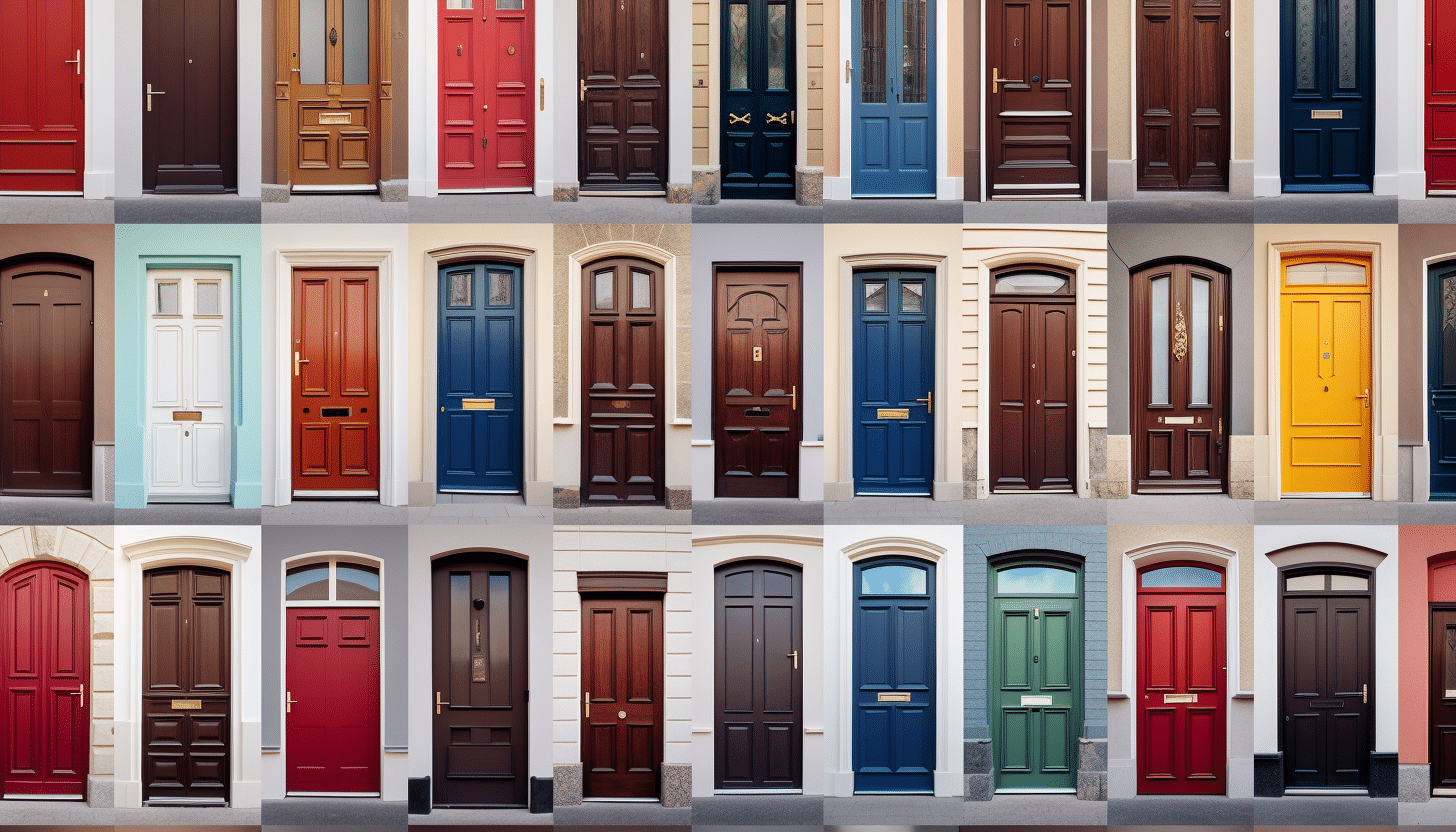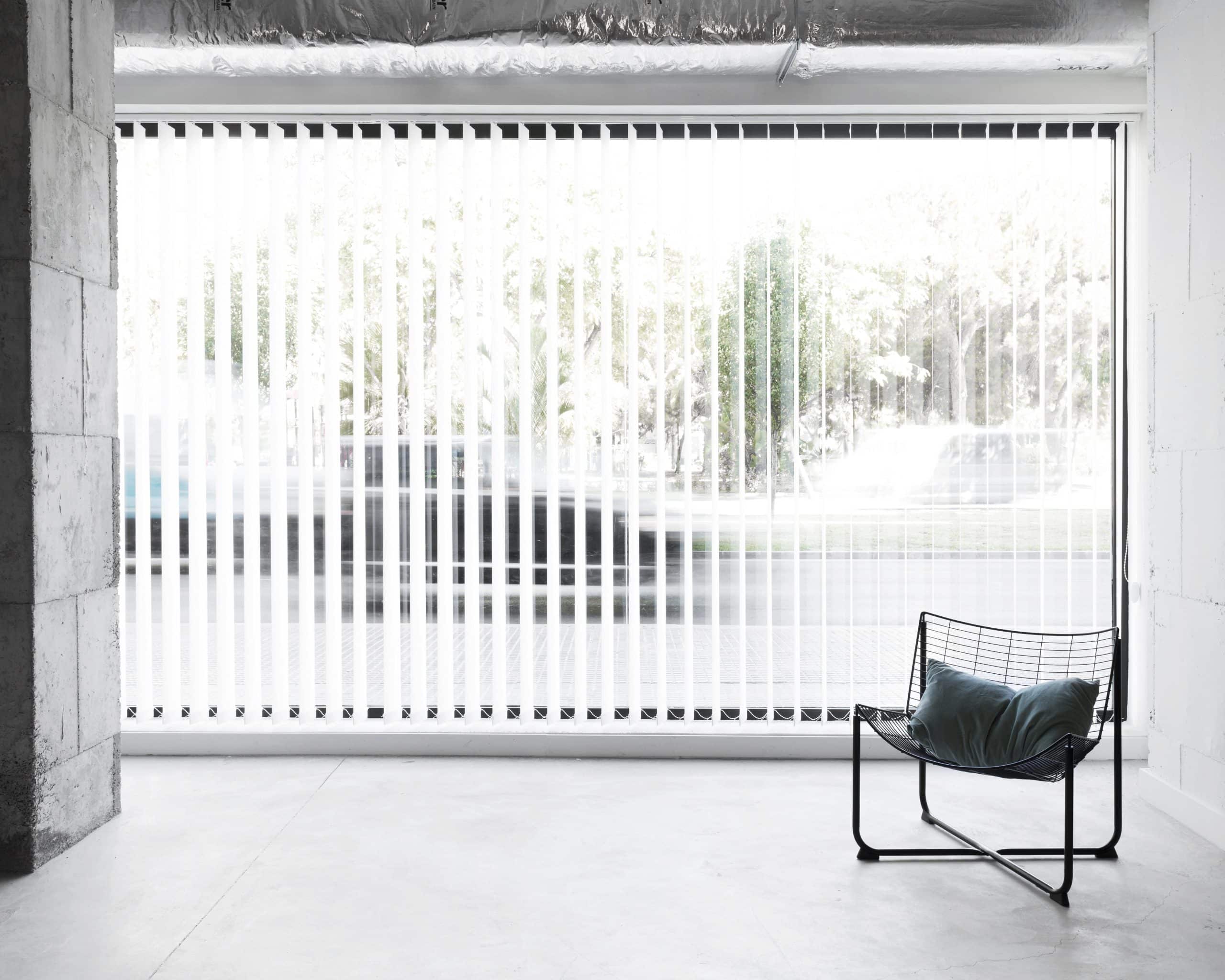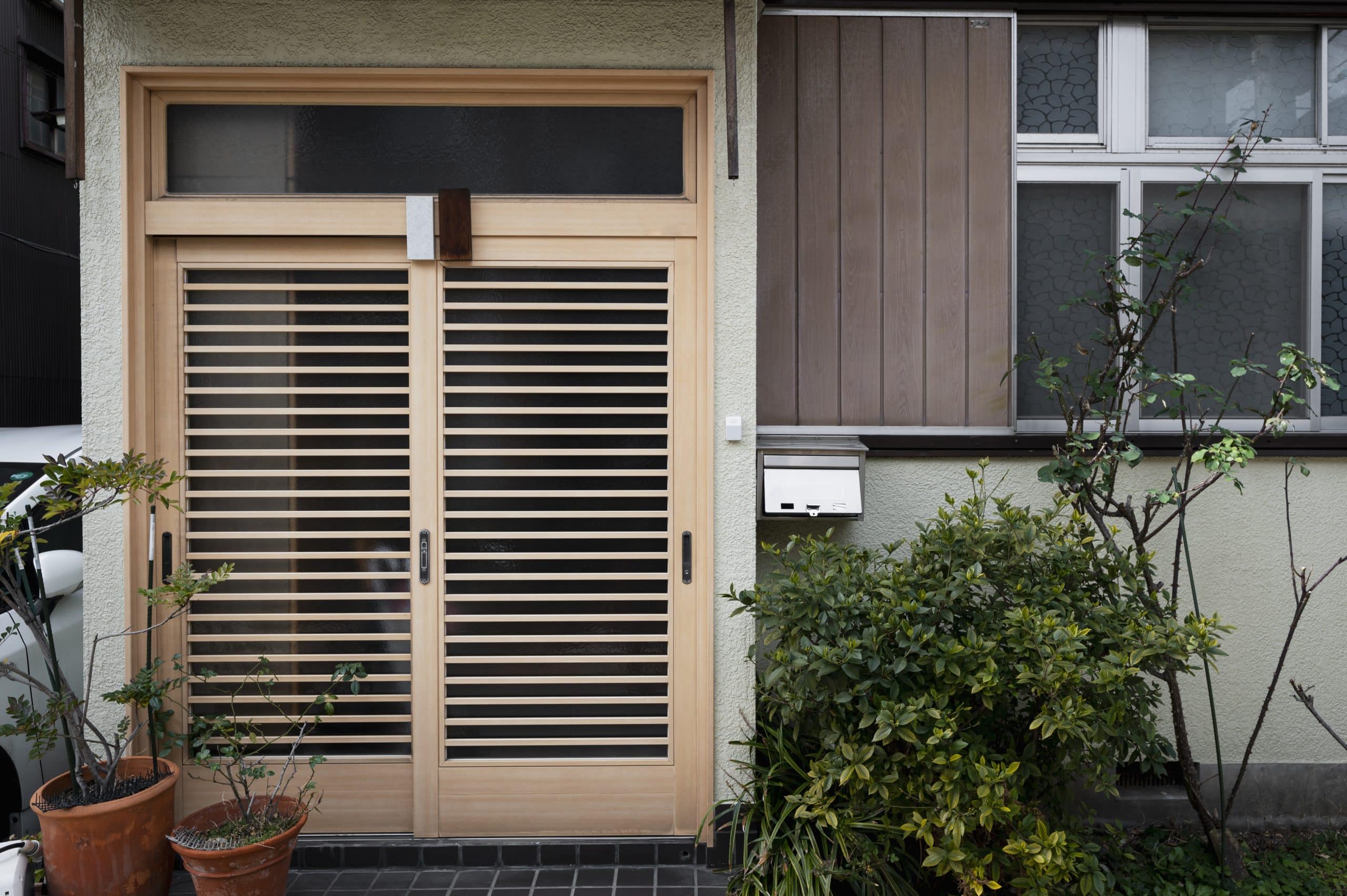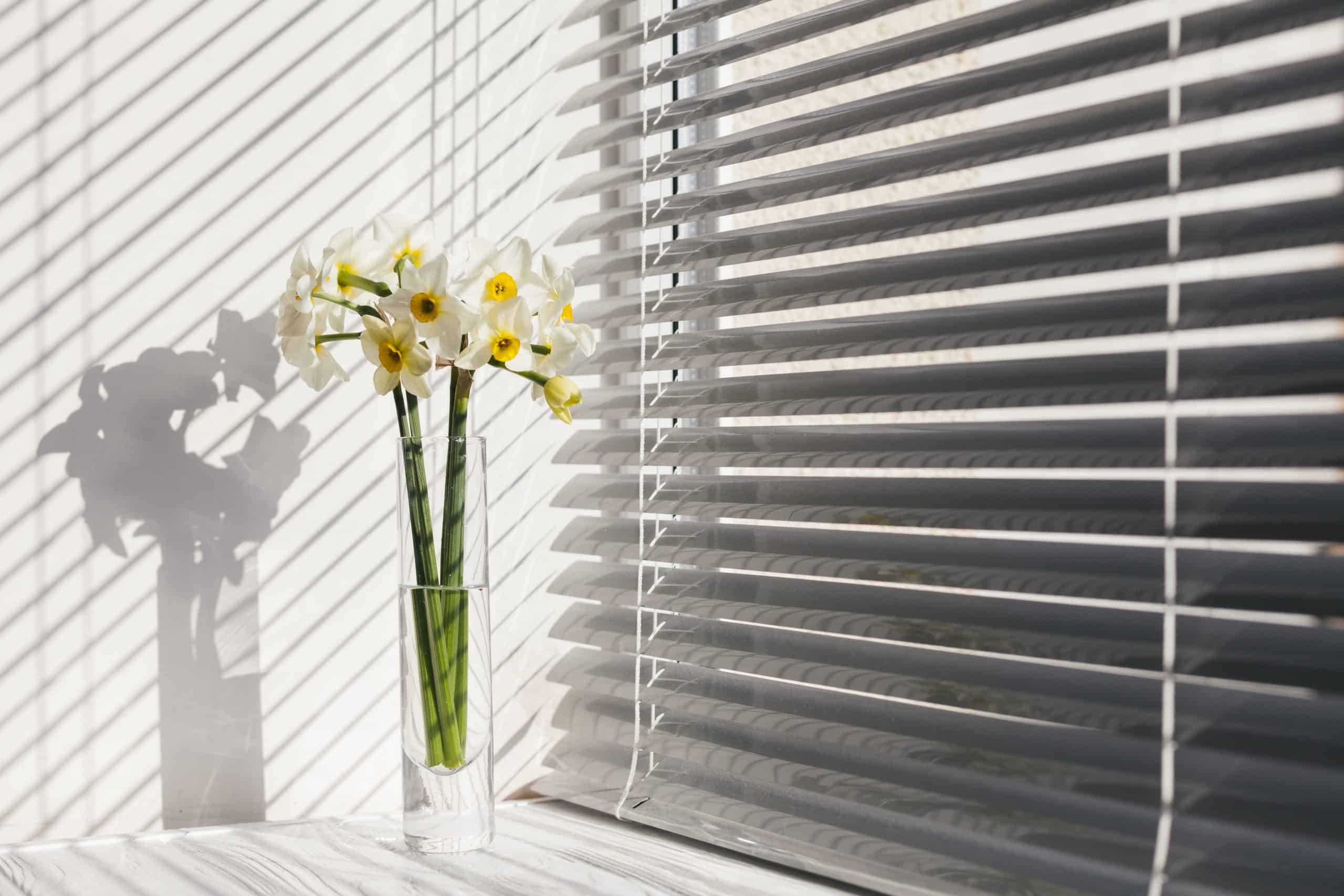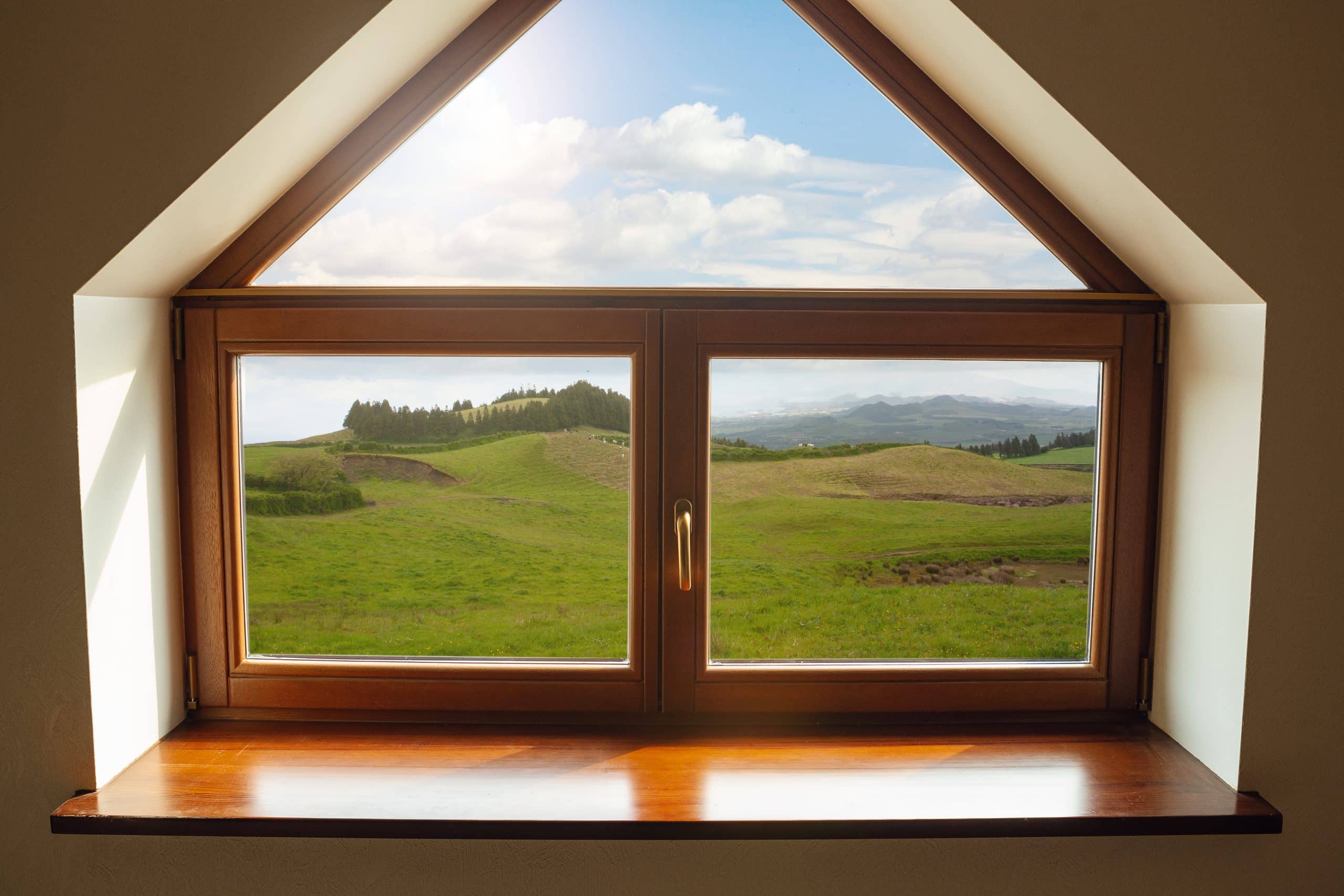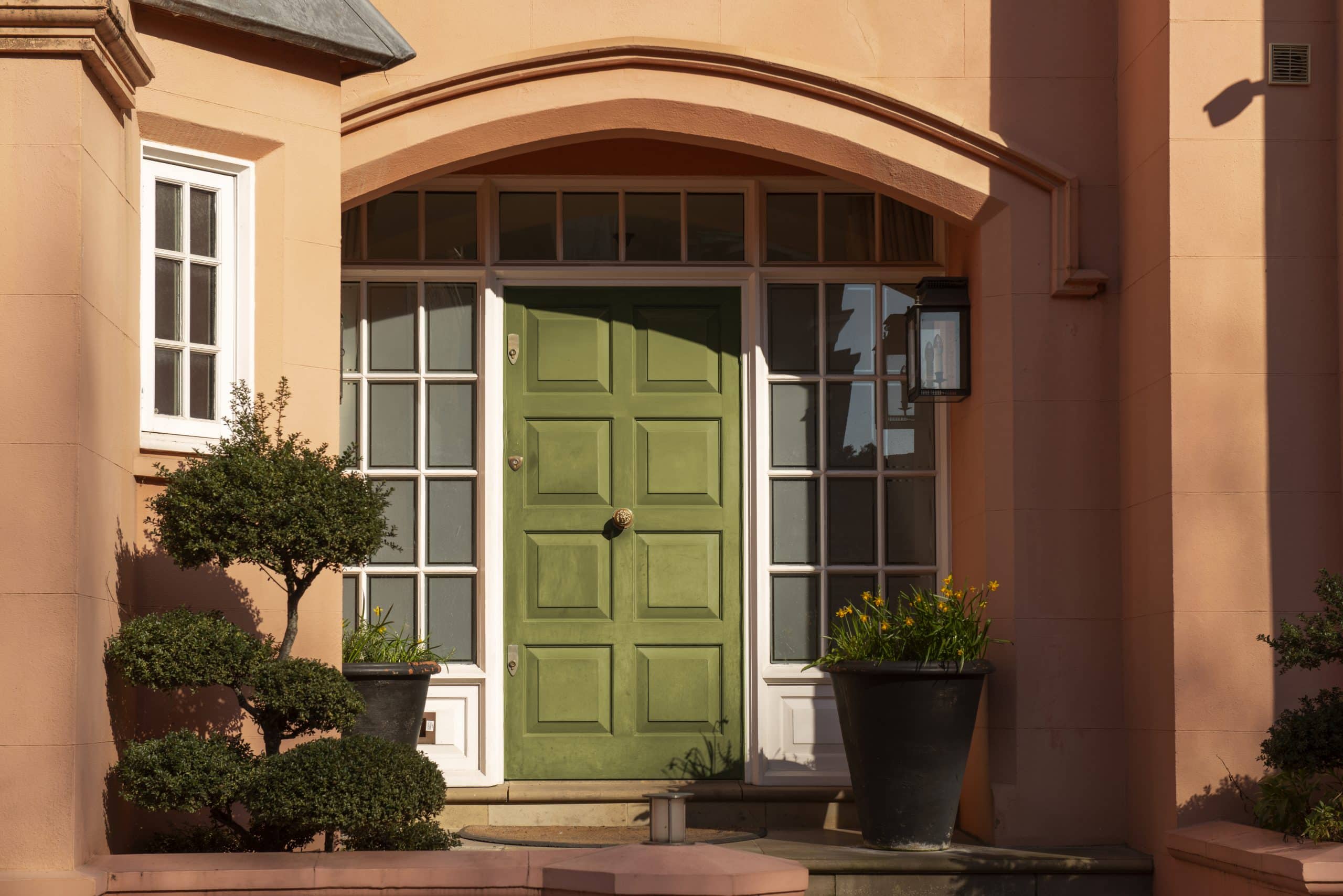Doors play a significant role in any building, providing security, privacy, and enhancing the overall aesthetic appeal. If you are planning doors replacement, we can guide you through the various types of doors available, factors to consider when choosing them, and essential maintenance tips.
The Importance of Doors Replacement
As doors age, they may become less efficient in providing insulation, security, and ease of use. Doors replacement is a crucial aspect of home improvement, offering numerous benefits, such as improved energy efficiency, enhanced security, and an upgraded appearance for your property. Let’s explore the different types of doors that you can consider for your doors replacement project.
Different Types of Doors
Hinged doors
Also known as swing doors, the most common type found in residential and commercial settings. These doors open and close on one side using hinges attached to the door frame. They come in various materials, styles, and sizes, making them suitable for different applications like prehung or slab options.
Sliding doors
It’s an excellent space-saving option, especially for areas with limited room for a door to swing open. They consist of two or more panels, with one panel sliding horizontally along a track to open or close. Sliding doors are often used for patios, balconies, and interior spaces.
French doors
A modern patio door adds elegance and charm to any space. They are typically made of glass panels and offer a wide opening that allows ample natural light to enter. French doors are commonly used for exterior access to gardens, patios, or balconies.
Bi-Fold doors
A popular choice for connecting indoor and outdoor spaces. They consist of multiple panels that fold back on themselves, creating a wide opening. When fully opened, bi-fold doors seamlessly blend interior and exterior areas.
Pivot doors
These doors create a modern and minimalist look, often used for entryways or interior spaces where a unique style is desired. Rotate on a central axis instead of swinging on hinges.
Dutch doors
Divided horizontally, allowing the top half to open independently from the bottom half. They are ideal for homes with pets or kids, providing a way to keep them secure while allowing fresh air and light into the room.
Pocket doors
Slide into a wall cavity when opened, making them a space-saving choice for areas with limited space for swinging or sliding doors.
Barn doors
Popular for their rustic and trendy appearance. They slide along a track and are often used as an interior design statement in homes and offices.
Panel doors
Classic and versatile, featuring raised or recessed panels. They are commonly used for both interior and exterior applications.
Flush doors
Have a flat surface on both sides and are a simple and affordable option for various interior spaces.
Factors to Consider When Choosing a Door
Material
The material of the door affects its durability, appearance, and maintenance requirements. Common materials include wood, fiberglass, steel, and aluminum. If your doorglass cracks experience the benefits of exterior door replacement glass toronto.
Style and design
Choose a door that complements the overall style of your property, whether it’s traditional, contemporary, or something in between.
Security features
Security is a paramount concern for any door. Look for doors with sturdy locks, deadbolts, and additional security features.
Energy efficiency
Select doors with proper insulation to improve energy efficiency and reduce heating and cooling costs.
Maintenance
Consider the level of maintenance required for the door material you choose. Some materials may need more upkeep than others.
Professional Installation vs. DIY
After choosing the perfect door, you’ll need to decide whether to hire a professional for installation or attempt a DIY approach.
Professional installation ensures that the door is properly fitted, aligned, and secure, minimizing the risk of future issues. Additionally, many manufacturers may require professional installation to maintain warranty coverage.
On the other hand, if you’re confident in your skills and have experience with DIY projects, installing a door yourself can save money.
However, keep in mind that improper installation can lead to problems with functionality and security.
How to Maintain Your Doors
Proper maintenance is essential to ensure the longevity and performance of your doors.
- Regularly clean your doors — using a mild detergent and a soft cloth to remove dirt and grime;
- Lubrication — keep the hinges, locks, and moving parts of your door well-lubricated to prevent squeaking and ensure smooth operation;
- Repairing minor damages — address minor damages promptly to prevent them from escalating into more significant issues.
Enhancing Door Security
Enhancing the security of your doors is vital for the safety of your property and loved ones.
-
- Upgrading locks and deadbolts — invest in high-quality locks and deadbolts to fortify your doors against potential intruders;
- Installing a peephole — adding a peephole allows you to see who is at your door before opening it;
- Adding a security bar — it provides an extra layer of protection against forced entry;
- Using smart locks — convenience and security, allowing you to control access to your doors remotely;
- Reinforcing door frames — strengthening door frames with metal plates can deter forced entry attempts.
Signs your door needs replacement
- Drafts — feeling cold air seeping through the edges of the door, it might be time for a replacement.
- Difficulty opening or closing — doors that stick or refuse to close properly may need replacement.
- Visible damage — cracks, warping, and other visible damage can compromise the door’s integrity.
- Outdated appearance — if your door no longer complements the overall aesthetic of your property, consider a replacement.
Benefits of Replacing Old Doors
- Improved insulation — new doors with proper insulation can enhance indoor comfort and reduce energy bills;
- Enhanced security — modern doors come with advanced security features, making your home safer;
- Increased property value — upgrading your doors can boost the value and curb appeal of your property.
Hiring a Professional Doors Replacement Service
- Researching potential companies — search for local companies that specialize in doors replacement and read customer reviews;
- Getting multiple quotes — obtain quotes from several companies to compare prices and services;
- Checking references and reviews — request references from past customers and read online reviews to gauge the company’s reputation;
- Verifying insurance and licenses — ensure the company is properly licensed and insured to protect yourself from potential liabilities;
- Signing a detailed contract — before hiring, sign a detailed contract that outlines the scope of work, timelines, and payment terms.
DIY Doors Replacement: Step-by-Step Guide
- Measuring and ordering the right door size — accurate measurements are crucial for ordering the right-sized door. Measure the width, height, and thickness of the existing door or door frame;
- Gathering necessary tools and materials — prepare all the required tools and materials, including the new door, hinges, screws, level, drill, and screwdriver;
- Removing the old door — carefully remove the old door by unscrewing the hinges and taking out the door pins;
- Preparing the door frame — inspect and repair the door frame if necessary. Ensure it is level and free from debris;
- Installing the new door — align the new door with the frame and attach the hinges. Secure the door in place and check for proper alignment;
- Adjusting and securing the door — check the door’s functionality and adjust as needed. Secure the door with screws and install the doorknob and lock.
Caring for Exterior Doors
Exterior doors are exposed to various weather conditions, so proper care is essential to prolong their lifespan.
- Weather stripping and sealing — install weather stripping and seals to prevent drafts and water infiltration;
- Protecting from harsh elements — use a protective finish or paint to shield the door from sun, rain, and extreme temperatures.
Choosing the Right Finish for Interior Doors
- Paint — provides a smooth and consistent finish, available in various colors;
- Stain — enhances the natural beauty of wood doors while allowing the grain to show through;
- Wood — provides a classic and elegant appearance but requires regular maintenance;
- Fiberglass door — durable, low-maintenance, and energy-efficient, suitable for various climates;
- Steel door — strong and secure, but can be susceptible to rust if not properly maintained;
- Aluminum — lightweight, rust-resistant, and ideal for modern designs;
- Clear Glass — provides an unobstructed view and brightens up any room;
- Frosted Glass — offers privacy while still allowing light to pass through;
- Stained Glass — adds a decorative and artistic touch to your doors.
Interior doors also require proper finishing to protect and enhance their appearance.
Maximizing natural light with glass doors
Glass doors allow natural light to flood your interior spaces, creating a bright and inviting atmosphere.
Conclusion
In the end, choosing the right type of door for your property is essential for functionality, aesthetics, and security. Whether you opt for hinged doors, sliding doors, or unique options like barn doors, consider your specific needs and preferences. Proper maintenance and timely doors replacement will ensure that your doors serve you well for years to come.
